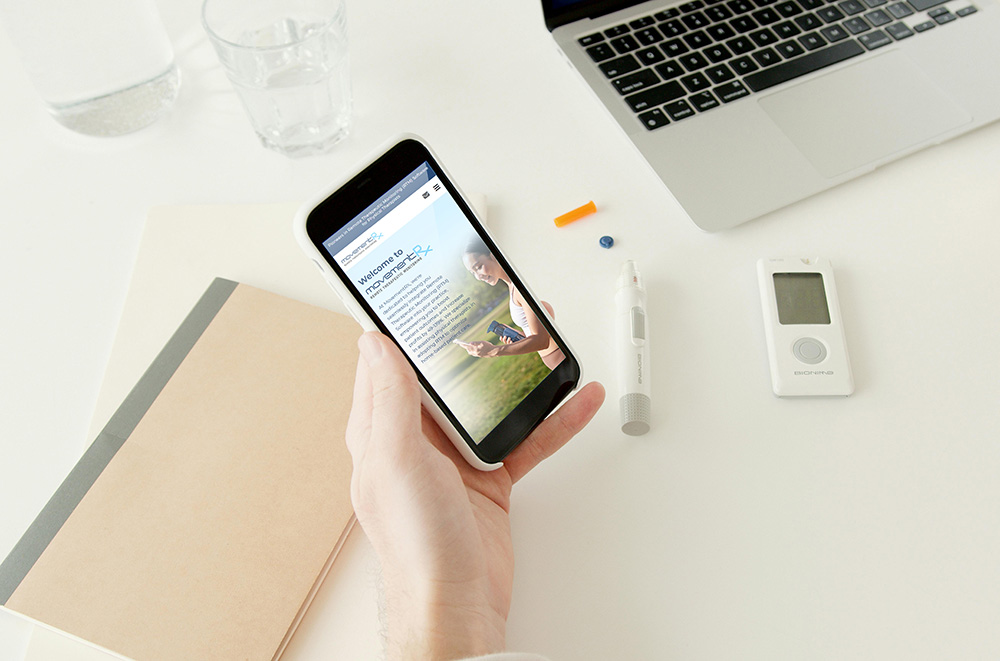March 3, 2025
Remote Therapeutic Monitoring (RTM) is revolutionizing healthcare, offering a lifeline for patients with chronic conditions like COPD and heart failure. A recent study from the University of Pittsburgh Medical Center (UPMC), published in the American Journal of Accountable Care, highlights RTM’s transformative potential, showing a 23% reduction in hospital readmissions for chronically ill patients. At MyMovementRx, we’re excited to explore how RTM is reshaping patient care and why it’s a game-changer for providers and patients alike.
What is Remote Therapeutic Monitoring?
Remote Therapeutic Monitoring involves using digital tools to track key patient data, such as pain levels, therapy adherence, and other health metrics, outside traditional clinical settings. Unlike Remote Patient Monitoring (RPM), which focuses on vital signs like heart rate or blood pressure, RTM zeros in on non-physiological data, such as musculoskeletal health or respiratory function. Clinicians use this data to make proactive adjustments to treatment plans, ensuring timely interventions that improve outcomes.
Key Findings from the UPMC Study
The UPMC study underscores RTM’s impact on chronic disease management. By leveraging digital platforms to monitor patients with conditions like COPD and heart failure, healthcare providers achieved:
- 23% reduction in hospital readmissions: RTM enabled early detection of issues, allowing clinicians to intervene before conditions worsened.
- Improved patient outcomes: Patients reported better adherence to therapy and reduced symptom severity.
- Lower healthcare costs: Fewer readmissions translated to significant savings for healthcare systems.
These findings highlight RTM’s role in addressing the challenges of chronic disease management, where timely interventions are critical to preventing complications.
Why RTM Matters for Chronic Disease Management
Chronic conditions account for a significant portion of healthcare costs and hospital admissions in the U.S. RTM offers a solution by:
- Empowering Proactive Care: Real-time data allows clinicians to adjust treatments before small issues become emergencies.
- Enhancing Patient Engagement: Digital tools make it easier for patients to stay compliant with therapy, fostering a sense of ownership over their health.
- Reducing Costs: By preventing readmissions, RTM saves money for both providers and patients.
At MyMovementRx, we believe RTM is a cornerstone of modern healthcare, enabling personalized, data-driven care that meets patients where they are.
The Future of Remote Therapeutic Monitoring
As healthcare continues to embrace technology, RTM is poised to play an even larger role. Advances in wearable devices, AI-driven analytics, and telehealth integration will make RTM more accessible and effective. Imagine a future where patients with chronic conditions receive tailored care plans updated in real-time, all from the comfort of their homes. This is the promise of RTM, and it’s already becoming a reality.
How MyMovementRx is Leading the Way
At MyMovementRx, we’re committed to harnessing the power of RTM to improve patient outcomes. Our platform supports healthcare providers in delivering personalized, evidence-based care through cutting-edge monitoring tools. Whether you’re managing a chronic condition or supporting patients in their recovery, MyMovementRx is here to help you leverage RTM for better health.
Join the RTM Revolution
The UPMC study is just the beginning. Remote Therapeutic Monitoring is transforming chronic disease management, and the future looks brighter than ever. Want to learn more about how RTM can benefit you or your patients? Visit MyMovementRx today to explore our innovative solutions.
What are your thoughts on RTM’s role in healthcare? Drop a comment below and let’s discuss how this technology can shape the future of patient care!
